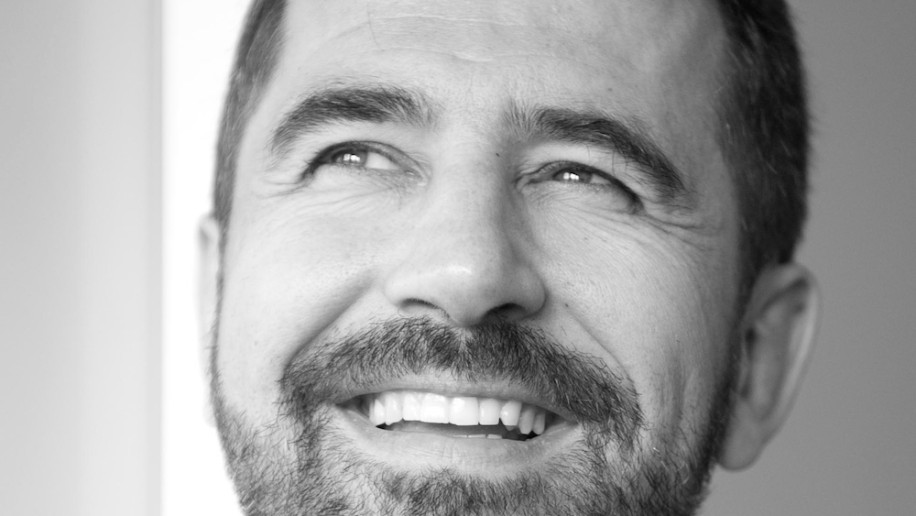‘Quantified self’ – a ‘know thyself’ for postmodern times?
Could data have therapeutic qualities? Could ‘big data’ be a weapon of mass healing? The idea is less ridiculous than it might first appear. The placebo effect is the best illustration of this: merely being informed of the fact that treatment is being received (regardless of whether or not this information is true) can have an effect on the perception of pain, and even on how the body functions.
The aim of this article is not to examine the interaction of mind and body, which has been the subject of several thousand scientific studies in recent years. However, by way of introduction, I think it is important to highlight the correlation between the concrete and the abstract, between fact and fiction, between the tangible and the intangible. Data, together with the information it conveys, is intangible. We talk about ‘dematerialising’ the economy. Only a few years ago, the possession and retention of information were synonymous with power and wealth. Now, the most successful economic models are based upon the sharing and dissemination of information.
How does this relate to health?
Through who we are and what we do, what we like and what we think, we all produce and hold a wealth of personal information that is of great value to many economic players, as it is to our health and well-being. This data concerns our genetic makeup and diet, our buying behaviours and our contributions to social networks, and includes our tastes, preferences, problems and preferred solutions. This data is disseminated and sometimes collected without our knowledge by many stakeholders, mainly on the internet where, as we all know, ‘if a service is free, you are the product’.
So, are we doomed to having our personal data exploited without limitation and without our knowledge by third parties who want to sell us this service or that product? Do we have to support and sign up en masse to initiatives like Mydata[1] that aim to restore to the people the power over their personal data? Anticipating this eventuality, Apple’s new operating system offers the ‘HealthKit’ that enables us to keep all the information about our state of health ‘securely’ in one place, particularly information that uses connected objects to monitor our physical activity or our sleep.
But is simply controlling access to our data enough to protect us from any danger? Probably not. Data can actually feed our fears and make us our own worst enemy. Many American women have already opted to have both breasts or their ovaries removed – without even involving a doctor in their decision-making process – following a DNA test, conducted by a private company and costing less than $100[2], that predicted a higher-than-average risk of cancer.
Let’s imagine a world where the people take back the rights to their data. Let’s imagine a world – the opposite of Orwell’s – where it is actually possible – thanks to this data – to mutually benefit from our differences and to free ourselves from our fears.
Does scientific advancement necessarily imply aversion to risk and the need for absolute control? Do pharmaceutical laboratories deserve to be demonised for undesirable effects which are occasionally more common that they should be, given the results of their clinical trials? Would it not be more constructive to take the opportunity presented by this digital revolution to reconsider the way in which medication is developed, authorised and supervised and, while we are there, to totally rethink the way in which healthcare is organised and medical practice evaluated?
The supremacy of data does not necessarily usher in an era of cynicism and eugenics, tyrannised by averages and conformism, fear and connected ignorance. Instead, it may be the dawning of a world in which diversity and minorities are respected, a world in which they can excel individually and collectively. Data will be what we make of it. And what if, in the end, it was all just aspirational?
Usage makes or breaks innovation. ‘Quantified self’ and connected objects (wristbands, scales, T-shirts, diagnostic armchairs for the elderly) seem to find their markets, even if those markets are only in the early stages of development. The primary interest of these products is the quantitative, almost constant, monitoring of our own physical activity, heart rate, weight, etc., and the ability to compare these to what they should be to improve our well-being. A sort of postmodern call to ‘know thyself’. The second way in which these connected sensors are used is to detect abnormal conditions, so as to automatically or semi-automatically trigger the taking of preventive or curative action. Finally, there is no doubt that these products constitute new methods of measurement for clinical trials and large-scale epidemiological cohorts which will be of considerable interest to pharmaceutical laboratories and insurance companies. These cohorts will make it possible to better understand, and therefore more effectively prevent, the onset conditions for a particular disease, on the one hand, and to identify and promote the conditions under which a particular treatment is most effective, on the other. But will conventional tools and methods of analysis allow us to capitalise on the full potential of these large volumes of data?
[1] mesinfos.fing.org
[2] www.23andme.com
Find out more on this topic on Quinten’s blog.
—
Alexandre Templier is chairman, co-founder & CEO of Quinten
Alexandre is a member of the Healthcare Data Institute.




